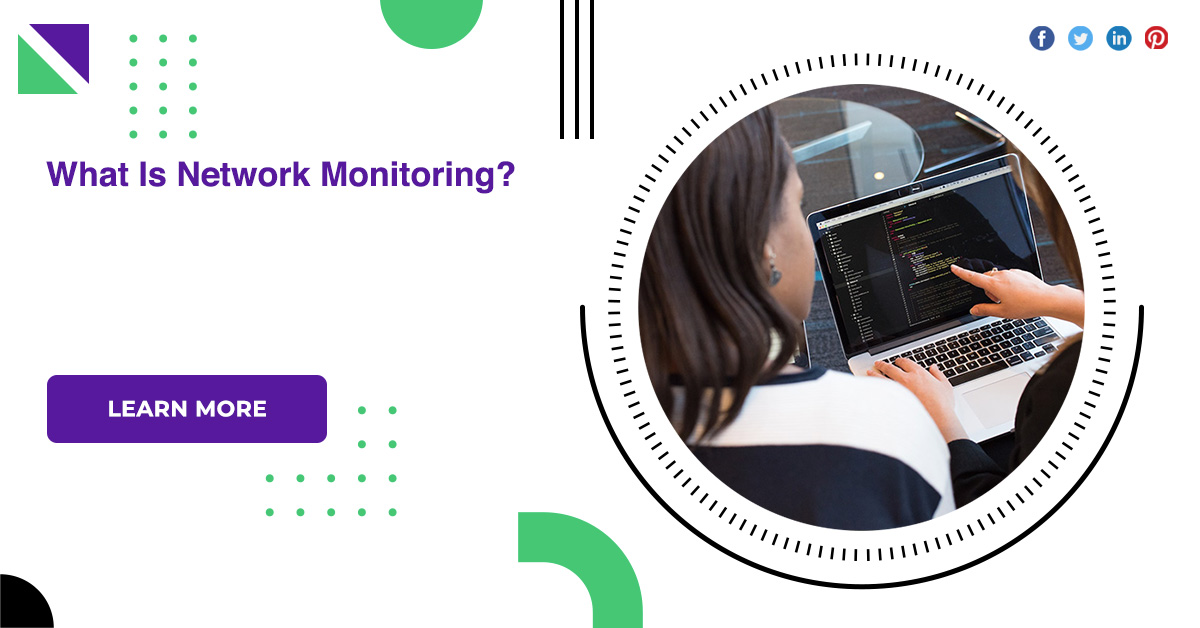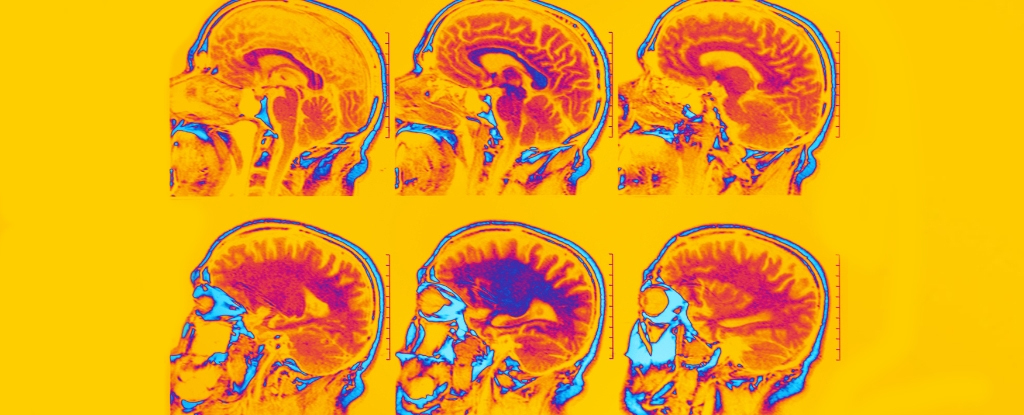Network monitoring systems include software and hardware tools that can monitor various aspects of the network and its operation, such as traffic, bandwidth usage, and uptime. These systems can detect devices and other elements that make up or touch the network, as well as provide status updates. Network administrators rely on network monitoring systems to help them quickly detect device or connection failures, or problems such as traffic bottlenecks that limit data flow.
Network monitoring
Collection and processing of events
Event collection relies on Simple Network Management Protocol and syslog traps to collect network event data. Events allow the network to notify administrators of important events without polling network devices.
Change management and network configuration
Network Configuration and Change Management archives network device configurations and can be used to automate configuration updates. Configurations can be retrieved and updated using any of several mechanisms, including the command line interface, SNMP, RESTCONF, and NETCONF.
Performance monitoring
Performance monitoring collects device performance data such as central processing unit and memory usage, temperature, supply voltage, and fan operation. Interface performance data is used to identify failures, packet loss, congestion, and other network problems.

Digital tracking of experiences
Digital Experience Monitoring uses active testing tools such as ping, traceroute, and synthetic monitoring to verify that the network is performing as intended. It can also use software agents that run on endpoints such as servers and workstations to collect application performance and network performance data.
IP address management
IP Address Management tracks IP address usage and controls the allocation of addresses by network devices. This functionality typically uses a CLI or application programming interface to other network management systems.

Control panels and customization
Data only becomes useful when it is clearly presented to the right audience. It’s important that IT administrators and users are aware of critical metrics as soon as they log on. A network dashboard should provide a quick overview of the current state of your network with critical metrics from routers, switches, firewalls, servers, services, applications, URLs, printer, UPS and other infrastructure devices.
Topology mapping
The topology and mapping feature collects device connectivity data and creates physical and logical topology maps that form the basis of basic troubleshooting. SNMP polling or CLI is used to collect data about routing neighbors, switching neighbors, address translation tables, and neighbor discovery protocols such as the Link Layer Discovery Protocol.

Security and automation
Security continues to be an important element of a smooth-running network, and automation is used to ensure consistent implementation of network policies. The security design should include intrusion detection and prevention devices and intrusion monitoring and management software.
Conclusion
The more you know about your network, the more you can assure internal and external users that your network will be able to meet performance and availability goals.





















Discussion about this post